目录
一、可变参数模板
1.1、可变参数模板的概念
1.2、可变参数模板的定义方式
1.3、如何获取可变参数
二、lambda表达式
2.1、Lamabda表达式定义
2.2、为什么有Lambda
2.3、Lambda表达式的用法
2.4、函数对象与lambda表达式
三、包装器
3.1、function
3.2、bind
四、线程库
4.1、thread类的简单介绍
4.2、线程函数参数
4.3、原子性操作库(atomic)
4.4、lock_guard与unique_lock
一、可变参数模板
1.1、可变参数模板的概念
可变参数模板是C++11新增的最强大的特性之一,它对参数高度泛化,能够让我们创建可以接受可变参数的函数模板和类模板。
- 在C++11之前,类模板和函数模板中只能包含固定数量的模板参数,可变模板参数无疑是一个巨大的改进,但由于可变参数模板比较抽象,因此使用起来需要一定的技巧。
- 在C++11之前其实也有可变参数的概念,比如printf函数就能够接收任意多个参数,但这是函数参数的可变参数,并不是模板的可变参数。
1.2、可变参数模板的定义方式
// Args是一个模板参数包,args是一个函数形参参数包
// 声明一个参数包Args...args,这个参数包中可以包含0到任意个模板参数。
template <class ...Args>
void ShowList(Args... args)
{
//
}1.3、如何获取可变参数
方法一、递归函数方式展开参数包
// 递归终止函数
template <class T>
void ShowList(const T& t)
{
cout << t << endl;
}
// 展开函数
template <class T, class ...Args>
void ShowList(T value, Args... args)
{
cout << value <<" ";
ShowList(args...);
}
int main()
{
ShowList(1);
ShowList(1, 'A');
ShowList(1, 'A', std::string("sort"));
return 0;
}方法二、逗号表达式展开参数包
template <class T>
void PrintArg(T t)
{
cout << t << " ";
}
//展开函数
template <class ...Args>
void ShowList(Args... args)
{
int arr[] = { (PrintArg(args), 0)... };
cout << endl;
}
int main()
{
ShowList(1);
ShowList(1, 'A');
ShowList(1, 'A', std::string("sort"));
return 0;
}STL容器中的empalce相关接口函数:
cplusplus.com/reference/vector/vector/emplace_back/
cplusplus.com/reference/list/list/emplace_back/
template <class... Args>
void emplace_back (Args&&... args);int main()
{
std::list< std::pair<int, char> > mylist;
// emplace_back支持可变参数,拿到构建pair对象的参数后自己去创建对象
// 那么在这里我们可以看到除了用法上,和push_back没什么太大的区别
mylist.emplace_back(10, 'a');
mylist.emplace_back(20, 'b');
mylist.emplace_back(make_pair(30, 'c'));
mylist.push_back(make_pair(40, 'd'));
mylist.push_back({ 50, 'e' });
for (auto e : mylist)
cout << e.first << ":" << e.second << endl;
return 0;
}int main()
{
// 下面我们试一下带有拷贝构造和移动构造的bit::string,再试试呢
// 我们会发现其实差别也不到,emplace_back是直接构造了,push_back
// 是先构造,再移动构造,其实也还好。
std::list< std::pair<int, bit::string> > mylist;
mylist.emplace_back(10, "sort");
mylist.emplace_back(make_pair(20, "sort"));
mylist.push_back(make_pair(30, "sort"));
mylist.push_back({ 40, "sort"});
return 0;
}二、lambda表达式
2.1、Lamabda表达式定义
Lambda 表达式(lambda expression)是一个匿名函数,lambda表达式基于数学中的λ演算得名,直接对应于其中的lambda抽象(lambda abstraction),是一个匿名函数,即没有函数名的函数。
2.2、为什么有Lambda
在C++98中,如果想要对一个数据集合中的元素进行排序,可以使用std::sort方法。
#include <algorithm>
#include <functional>
int main()
{
int array[] = {4,1,8,5,3,7,0,9,2,6};
// 默认按照小于比较,排出来结果是升序
std::sort(array, array+sizeof(array)/sizeof(array[0]));
// 如果需要降序,需要改变元素的比较规则
std::sort(array, array + sizeof(array) / sizeof(array[0]), greater<int>());
return 0;
}如果待排序元素为自定义类型,需要用户定义排序时的比较规则:
struct Goods
{
string _name; // 名字
double _price; // 价格
int _evaluate; // 评价
Goods(const char* str, double price, int evaluate)
:_name(str)
, _price(price)
, _evaluate(evaluate)
{}
};
struct ComparePriceLess
{
bool operator()(const Goods& gl, const Goods& gr)
{
return gl._price < gr._price;
}
};
struct ComparePriceGreater
{
bool operator()(const Goods& gl, const Goods& gr)
{
return gl._price > gr._price;
}
};
struct ComparePriceGreater
{
bool operator()(const Goods& gl, const Goods& gr)
{
return gl._price > gr._price;
}
};
int main()
{
vector<Goods> v = { { "苹果", 2.1, 5 }, { "香蕉", 3, 4 }, { "橙子", 2.2,
3 }, { "菠萝", 1.5, 4 } };
sort(v.begin(), v.end(), ComparePriceLess());
sort(v.begin(), v.end(), ComparePriceGreater());
}2.3、Lambda表达式的用法
int main()
{
vector<Goods> v = { { "苹果", 2.1, 5 }, { "香蕉", 3, 4 }, { "橙子", 2.2,
3 }, { "菠萝", 1.5, 4 } };
sort(v.begin(), v.end(), [](const Goods& g1, const Goods& g2){
return g1._price < g2._price; });
sort(v.begin(), v.end(), [](const Goods& g1, const Goods& g2){
return g1._price > g2._price; });
sort(v.begin(), v.end(), [](const Goods& g1, const Goods& g2){
return g1._evaluate < g2._evaluate; });
sort(v.begin(), v.end(), [](const Goods& g1, const Goods& g2){
return g1._evaluate > g2._evaluate; });
}2.4、Lambda表达式语法
1. lambda表达式各部分说明:[capture-list] : 捕捉列表,该列表总是出现在lambda函数的开始位置,编译器根据[]来判断接下来的代码是否为lambda函数,捕捉列表能够捕捉上下文中的变量供lambda函数使用。(parameters):参数列表。与普通函数的参数列表一致,如果不需要参数传递,则可以连同()一起省略mutable:默认情况下,lambda函数总是一个const函数,mutable可以取消其常量性。使用该修饰符时,参数列表不可省略(即使参数为空)。->returntype:返回值类型。用追踪返回类型形式声明函数的返回值类型,没有返回值时此部分可省略。返回值类型明确情况下,也可省略,由编译器对返回类型进行推 导。{statement}:函数体。在该函数体内,除了可以使用其参数外,还可以使用所有捕获到的变量。
int main()
{
// 最简单的lambda表达式, 该lambda表达式没有任何意义
[]{};
// 省略参数列表和返回值类型,返回值类型由编译器推导为int
int a = 3, b = 4;
[=]{return a + 3; };
// 省略了返回值类型,无返回值类型
auto fun1 = [&](int c){b = a + c; };
fun1(10)
cout<<a<<" "<<b<<endl;
// 各部分都很完善的lambda函数
auto fun2 = [=, &b](int c)->int{return b += a+ c; };
cout<<fun2(10)<<endl;
// 复制捕捉x
int x = 10;
auto add_x = [x](int a) mutable { x *= 2; return a + x; };
cout << add_x(10) << endl;
return 0;
}2. 捕获列表说明:捕捉列表描述了上下文中那些数据可以被lambda使用,以及使用的方式传值还是传引用。[var]:表示值传递方式捕捉变量var[=]:表示值传递方式捕获所有父作用域中的变量(包括this)[&var]:表示引用传递捕捉变量var[&]:表示引用传递捕捉所有父作用域中的变量(包括this)[this]:表示值传递方式捕捉当前的this指针
void (*PF)();
int main()
{
auto f1 = []{cout << "hello world" << endl; };
auto f2 = []{cout << "hello world" << endl; };
// 此处先不解释原因,等lambda表达式底层实现原理看完后,大家就清楚了
//f1 = f2; // 编译失败--->提示找不到operator=()
// 允许使用一个lambda表达式拷贝构造一个新的副本
auto f3(f2);
f3();
// 可以将lambda表达式赋值给相同类型的函数指针
PF = f2;
PF();
return 0;
}2.4、函数对象与lambda表达式
class Rate
{
public:
Rate(double rate): _rate(rate)
{}
double operator()(double money, int year)
{
return money * _rate * year;
}
private:
double _rate;
};
int main()
{
// 函数对象
double rate = 0.49;
Rate r1(rate);
r1(10000, 2);
// lamber
auto r2 = [=](double monty, int year)->double{return monty*rate*year; };
r2(10000, 2);
return 0;
}
三、包装器
3.1、function
函数包装器器其实就是函数指针,用了包装器之后,函数模板只会实例化一次,这里我们了解其用法即可。
可调用对象的类型:函数指针、仿函数(函数对象)、lambda
// 函数模板会被实例化多次
template<class F, class T>
T useF(F f, T x)
{
static int count = 0;
cout << "count:" << ++count << endl;
cout << "count:" << &count << endl;
return f(x);
}
double func(double i)
{
return i / 2;
}
struct Functor
{
double operator()(double d)
{
return d / 3;
}
};
int main()
{
// 函数名
cout << useF(func, 11.11) << endl;
// 函数对象
cout << useF(Functor(), 11.11) << endl;
// lamber表达式
cout << useF([](double d)->double{ return d / 4; }, 11.11) << endl;
return 0;
}
这里我们可以看到静态变量count,每次的地址都不一样,说明函数模板实例化了3次。

我们可以通过包装器只让函数模板实例化一次
int main()
{
// 函数名 生成一个函数包装器,f1就是函数指针 == double (*f1)(double)
std::function<double(double)> f1 = func;
cout << useF(f1, 11.11) << endl;
// 函数对象
std::function<double(double)> f2 = Functor();
cout << useF(f2, 11.11) << endl;
// lamber表达式
std::function<double(double)> f3 = [](double d)->double{ return d / 4; };
cout << useF(f3, 11.11) << endl;
return 0;
}
可以看到count的值是累加的,说明函数模板只实例化了一次
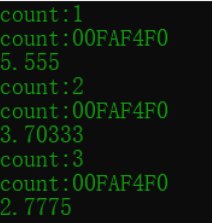
3.2、bind
// 原型如下:
template <class Fn, class... Args>
/* unspecified */ bind (Fn&& fn, Args&&... args);
// with return type (2)
template <class Ret, class Fn, class... Args>
/* unspecified */ bind (Fn&& fn, Args&&... args);// 使用举例
#include <functional>
int Plus(int a, int b)
{
return a + b;
}
class Sub
{
public:
int sub(int a, int b)
{
return a - b;
}
};
int main()
{
//表示绑定函数plus 参数分别由调用 func1 的第一,二个参数指定
std::function<int(int, int)> func1 = std::bind(Plus, placeholders::_1,
placeholders::_2);
//auto func1 = std::bind(Plus, placeholders::_1, placeholders::_2);
//func2的类型为 function<void(int, int, int)> 与func1类型一样
//表示绑定函数 plus 的第一,二为: 1, 2
auto func2 = std::bind(Plus, 1, 2);
cout << func1(1, 2) << endl;
cout << func2() << endl;
Sub s;
// 绑定成员函数
std::function<int(int, int)> func3 = std::bind(&Sub::sub, s,
placeholders::_1, placeholders::_2);
// 参数调换顺序
std::function<int(int, int)> func4 = std::bind(&Sub::sub, s,
placeholders::_2, placeholders::_1);
cout << func3(1, 2) << endl;
cout << func4(1, 2) << endl;
return 0;
}总结:
td::function包装各种可调用的对象,统一可调用对象类型,并且指定了参数和返回值类型。
为什么有std:function,因为不包装前可调用类型存在很多问题:
1、函数指针类型太复杂,不方便使用和理解
2、仿函数类型是一个类名,没有指定调用参数和返回值。得去看operator()的实现才能看出来。3、lambda表达式在语法层,看不到类型。底层有类型,基本都是lambda_uuid,也很难看
四、线程库
4.1、thread类的简单介绍

#include <thread>
int main()
{
std::thread t1;
cout << t1.get_id() << endl;
return 0;
}// vs下查看
typedef struct
{ /* thread identifier for Win32 */
void *_Hnd; /* Win32 HANDLE */
unsigned int _Id;
} _Thrd_imp_t;#include <iostream>
using namespace std;
#include <thread>
void ThreadFunc(int a)
{
cout << "Thread1" << a << endl;
}
class TF
{
public:
void operator()()
{
cout << "Thread3" << endl;
}
};
int main()
{
// 线程函数为函数指针
thread t1(ThreadFunc, 10);
// 线程函数为lambda表达式
thread t2([]{cout << "Thread2" << endl; });
// 线程函数为函数对象
TF tf;
thread t3(tf);
t1.join();
t2.join();
t3.join();
cout << "Main thread!" << endl;
return 0;
}4.2、线程函数参数
#include <thread>
void ThreadFunc1(int& x)
{
x += 10;
}
void ThreadFunc2(int* x)
{
*x += 10;
}
int main()
{
int a = 10;
// 在线程函数中对a修改,不会影响外部实参,因为:线程函数参数虽然是引用方式,但其实际
引用的是线程栈中的拷贝
thread t1(ThreadFunc1, a);
t1.join();
cout << a << endl;
// 如果想要通过形参改变外部实参时,必须借助std::ref()函数
thread t2(ThreadFunc1, std::ref(a);
t2.join();
cout << a << endl;
// 地址的拷贝
thread t3(ThreadFunc2, &a);
t3.join();
cout << a << endl;
return 0;
}4.3、原子性操作库(atomic)
#include <iostream>
using namespace std;
#include <thread>
unsigned long sum = 0L;
void fun(size_t num)
{
for (size_t i = 0; i < num; ++i)
sum++;
}
int main()
{
cout << "Before joining,sum = " << sum << std::endl;
thread t1(fun, 10000000);
thread t2(fun, 10000000);
t1.join();
t2.join();
cout << "After joining,sum = " << sum << std::endl;
return 0;
}C++98中传统的解决方式:可以对共享修改的数据可以加锁保护
#include <iostream>
using namespace std;
#include <thread>
#include <mutex>
std::mutex m;
unsigned long sum = 0L;
void fun(size_t num)
{
for (size_t i = 0; i < num; ++i)
{
m.lock();
sum++;
m.unlock();
}
}
int main()
{
cout << "Before joining,sum = " << sum << std::endl;
thread t1(fun, 10000000);
thread t2(fun, 10000000);
t1.join();
t2.join();
cout << "After joining,sum = " << sum << std::endl;
return 0;
}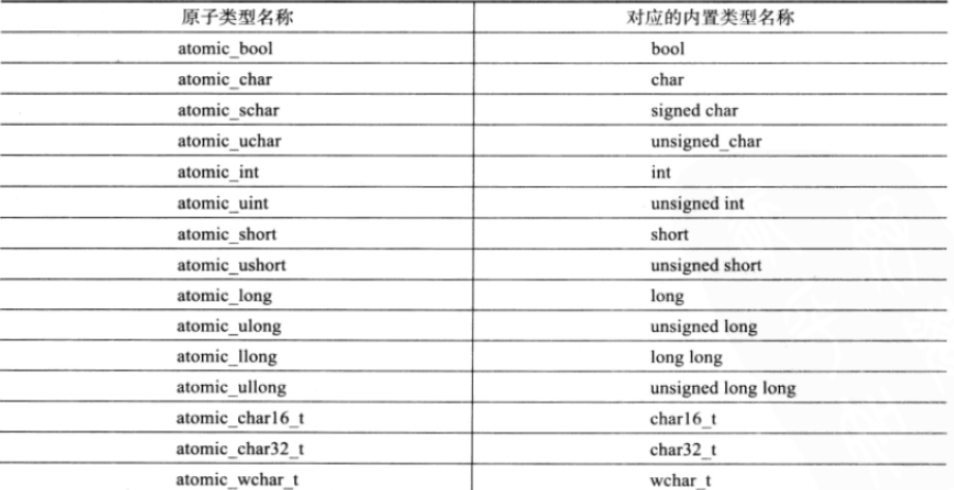
#include <iostream>
using namespace std;
#include <thread>
#include <atomic>
atomic_long sum{ 0 };
void fun(size_t num)
{
for (size_t i = 0; i < num; ++i)
sum ++; // 原子操作
}
int main()
{
cout << "Before joining, sum = " << sum << std::endl;
thread t1(fun, 1000000);
thread t2(fun, 1000000);
t1.join();
t2.join();
cout << "After joining, sum = " << sum << std::endl;
return 0;
}atmoic<T> t; // 声明一个类型为T的原子类型变量t#include <atomic>
int main()
{
atomic<int> a1(0);
//atomic<int> a2(a1); // 编译失败
atomic<int> a2(0);
//a2 = a1; // 编译失败
return 0;
}4.4、lock_guard与unique_lock
#include <thread>
#include <mutex>
int number = 0;
mutex g_lock;
int ThreadProc1()
{
for (int i = 0; i < 100; i++)
{
g_lock.lock();
++number;
cout << "thread 1 :" << number << endl;
g_lock.unlock();
}
return 0;
}
int ThreadProc2()
{
for (int i = 0; i < 100; i++)
{
g_lock.lock();
--number;
cout << "thread 2 :" << number << endl;
g_lock.unlock();
}
return 0;
}
int main()
{
thread t1(ThreadProc1);
thread t2(ThreadProc2);
t1.join();
t2.join();
cout << "number:" << number << endl;
system("pause");
return 0;
}
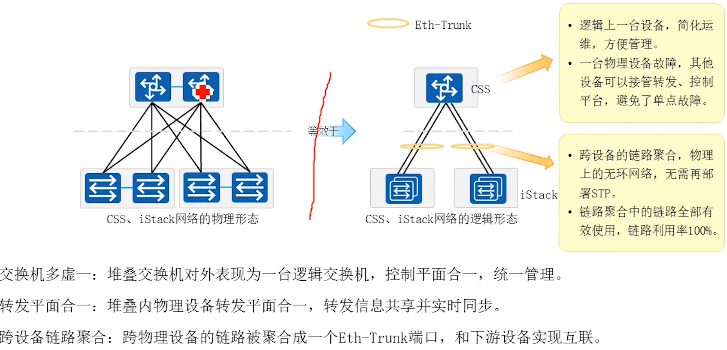




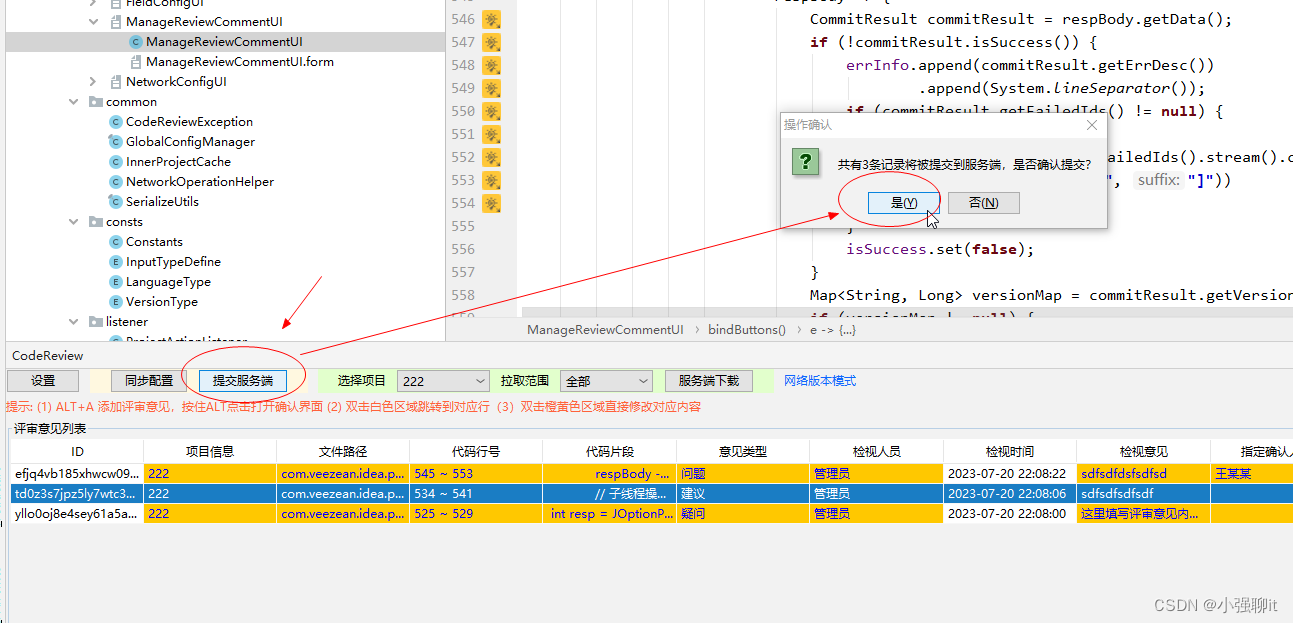

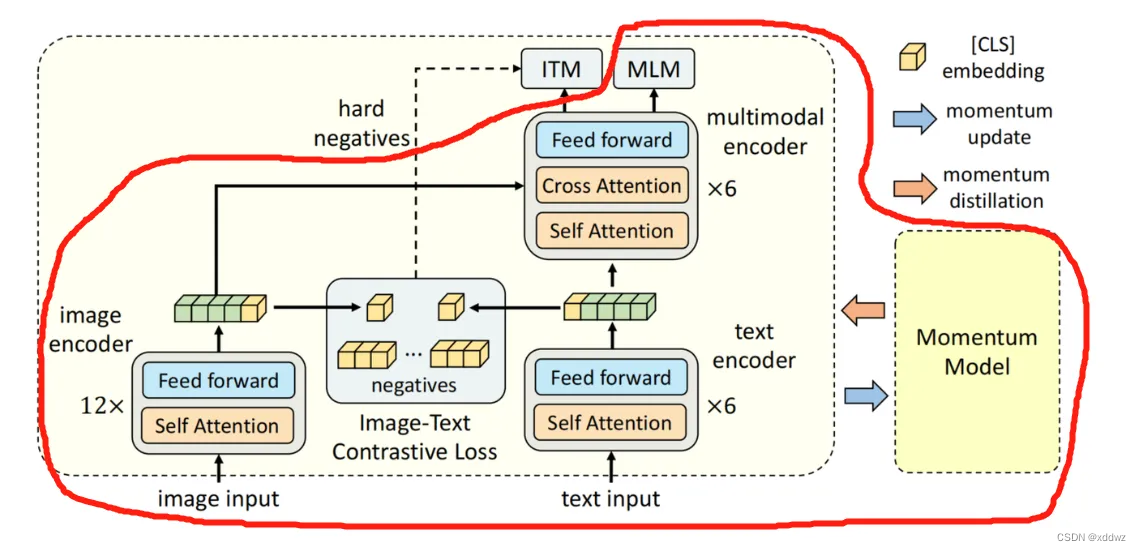

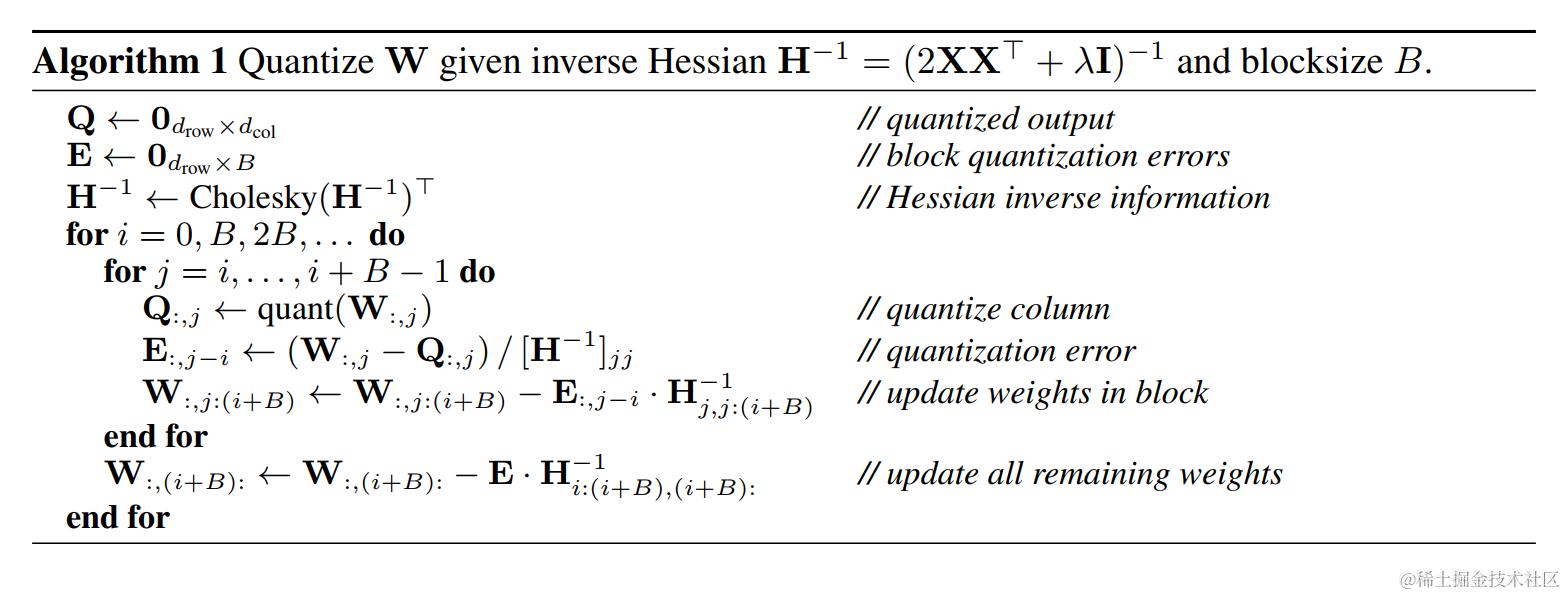






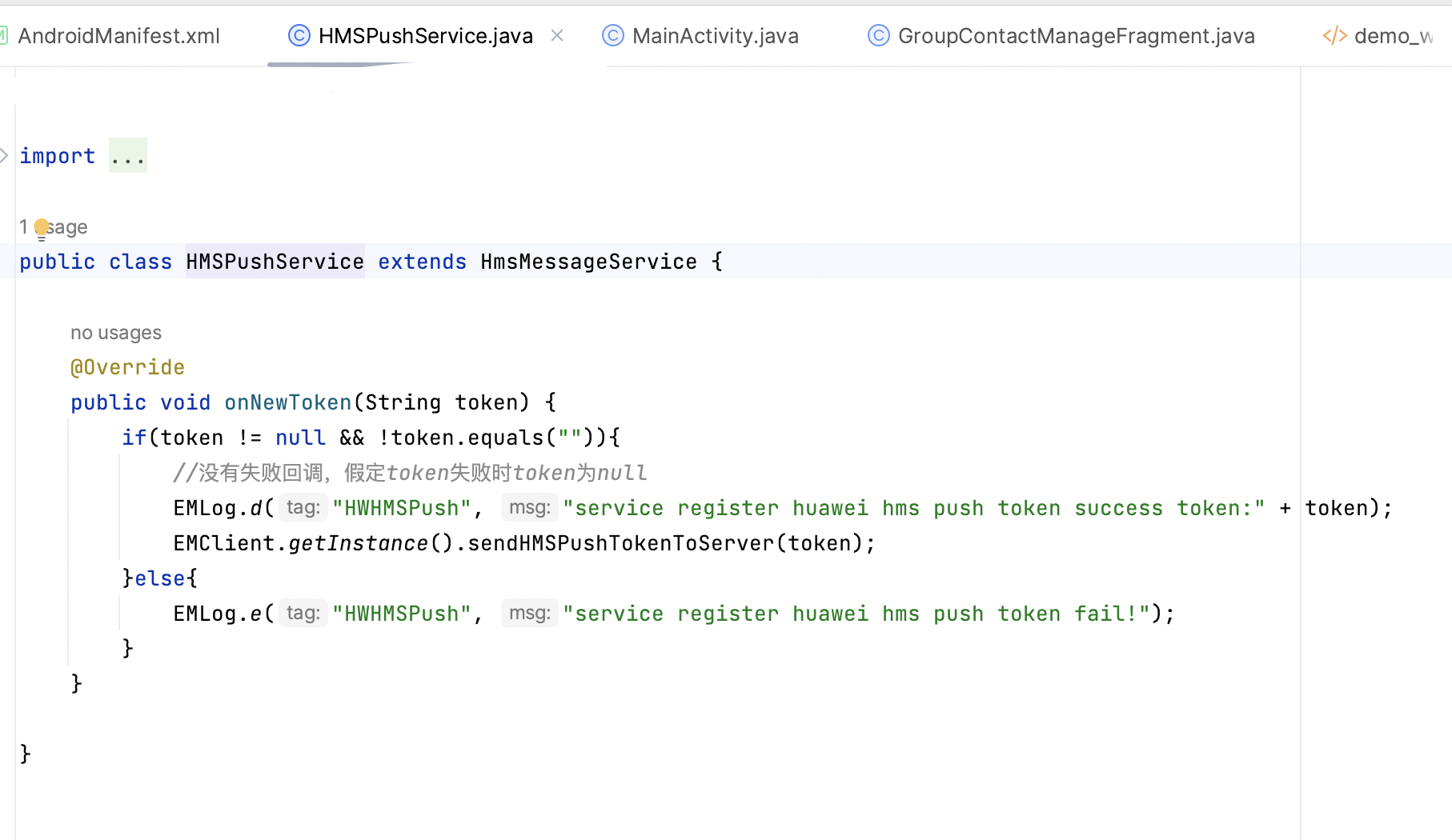
![[OpenAI]继ChatGPT后发布的Sora模型解析与体验通道](https://img-blog.csdnimg.cn/direct/6f21b60b46e84e9aaec5932e802046ae.jpeg)
